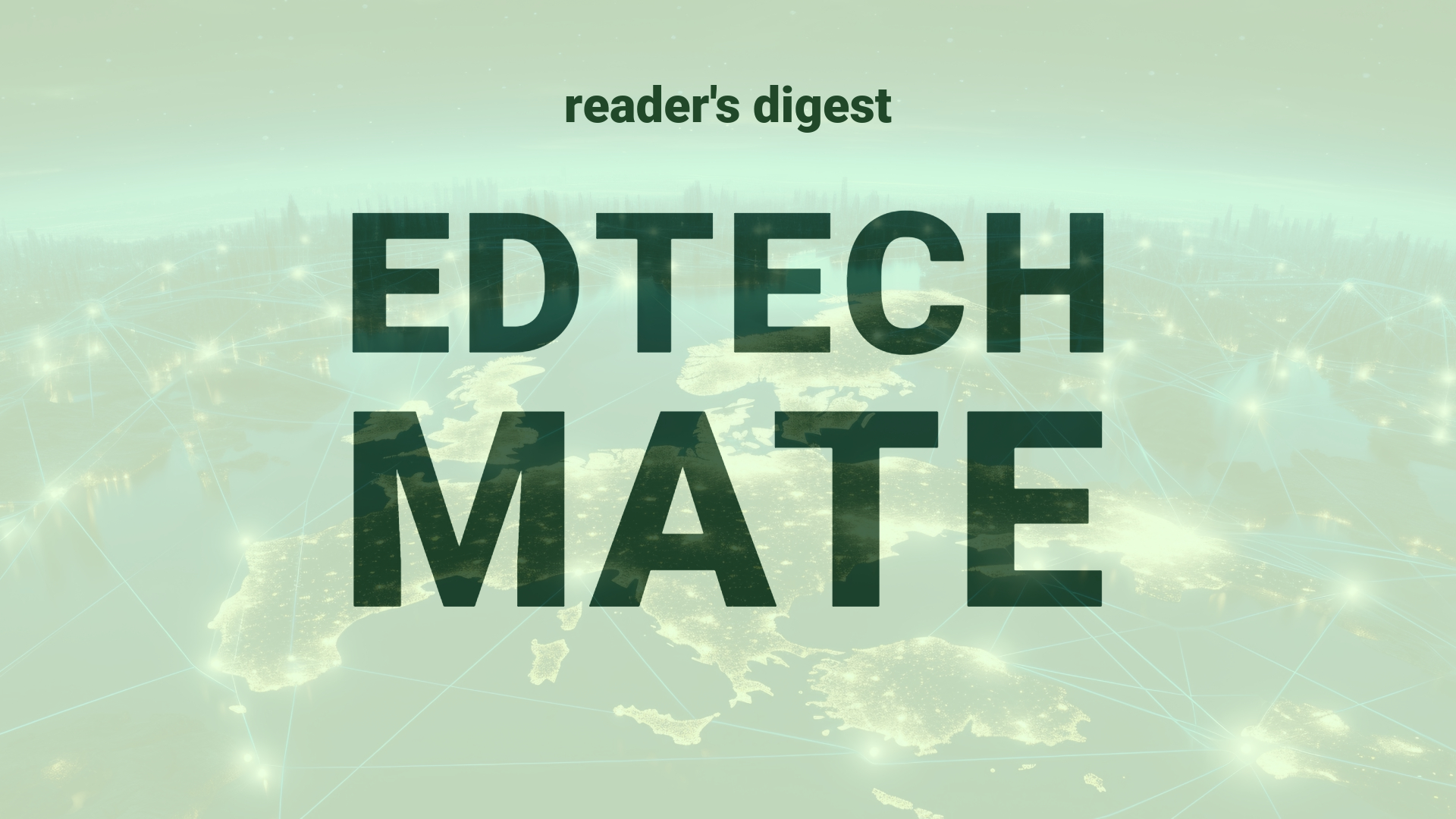Executive Summary and Main Points
The apparel and footwear industry is undergoing a transformative phase due to a challenging landscape featuring demand volatility, geopolitical tensions, and increased regulatory pressure. Brands are responding by reevaluating their sourcing strategies and focusing on five key themes: process efficiency, rebalancing the supply footprint, strategic supplier relationships, sustainability, and digital innovation. These changes are aimed at fostering efficiency, resilience, and closer collaboration throughout the global supply chain.
Potential Impact in the Education Sector
The evolving dynamics in the apparel and footwear industry parallels the transformation within the Education Sector where emphasis is being placed on efficiency, resilience to disruptions, sustainability, and digitalization. In Further Education and Higher Education, the integration of digital tools can enhance flexibility in curriculum design, while Micro-credentials can benefit from tech-driven and consumer-centric models that cater to lifelong learners. Strategic partnerships with educational technology providers could mirror supplier collaborations in the industry, creating opportunities to leverage AI and analytics for improved educational outcomes.
Potential Applicability in the Education Sector
Innovative applications within the global education systems could entail deploying AI for personalized learning and predictive analytics. AI-driven digital platforms could enhance educational supply chain management, from resources allocation to real-time adjustments in course offerings. The success in apparel and footwear in streamlining operations using digital platforms suggests a similar path for optimizing education administration and fostering collaborative networks between institutions and tech providers.
Criticism and Potential Shortfalls
While the apparel industry’s drive for efficiency and digital transformation presents a model for the education sector, potential shortfalls include over-reliance on technology leading to diminished human interaction, potential biases in AI tools, and ethical considerations around data privacy. International case studies show varying success rates in digital transformation, highlighting the need for context-specific strategies. For example, ed-tech adoption in Scandinavian countries might differ drastically from that in Southeast Asia due to varying cultural, infrastructural, and regulatory landscapes.
Actionable Recommendations
For international education leadership, practical implementation of these technologies involves investing in AI and analytics to improve administrative and educational processes. This includes creating flexible and resilient digital infrastructures that can anticipate and handle disruptions, similar to how the apparel industry leverages digital solutions for supply chain resilience. Additionally, forming strategic partnerships with ed-tech firms to co-create custom solutions and incorporating sustainability into educational programs are essential steps. Taking cues from the industry, education leaders should work towards enhanced transparency and collaboration with all stakeholders.
Source article: https://www.mckinsey.com/industries/retail/our-insights/reimagining-the-apparel-value-chain-amid-volatility

